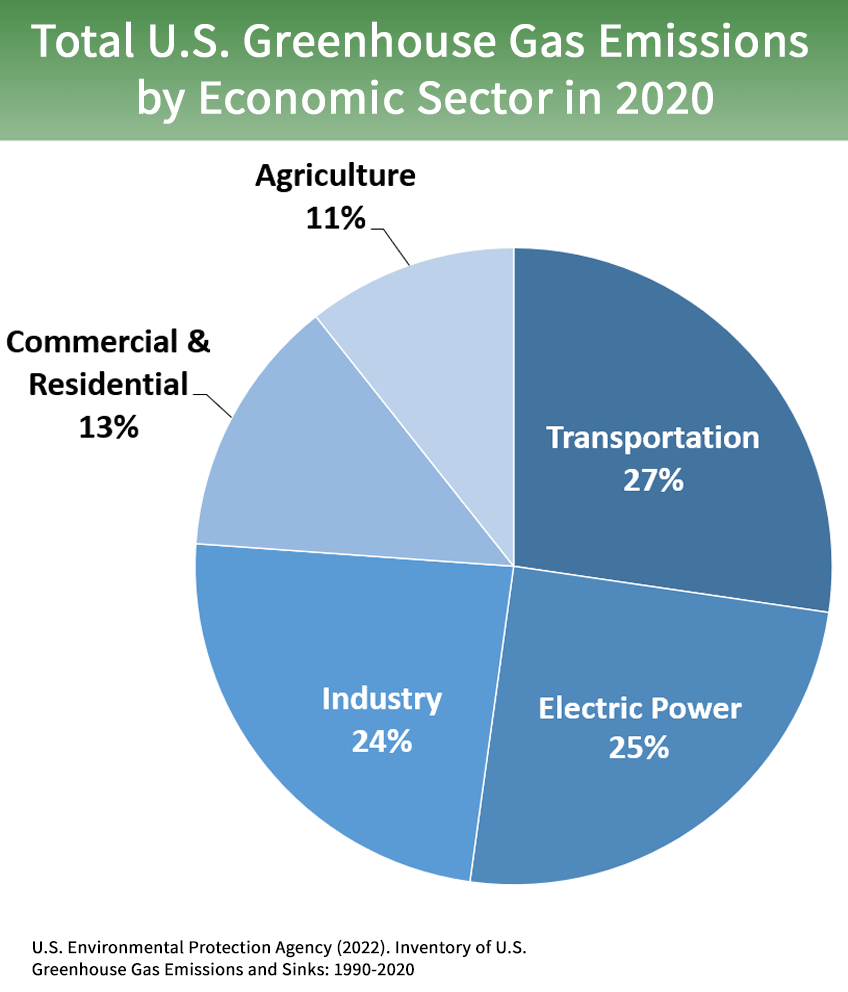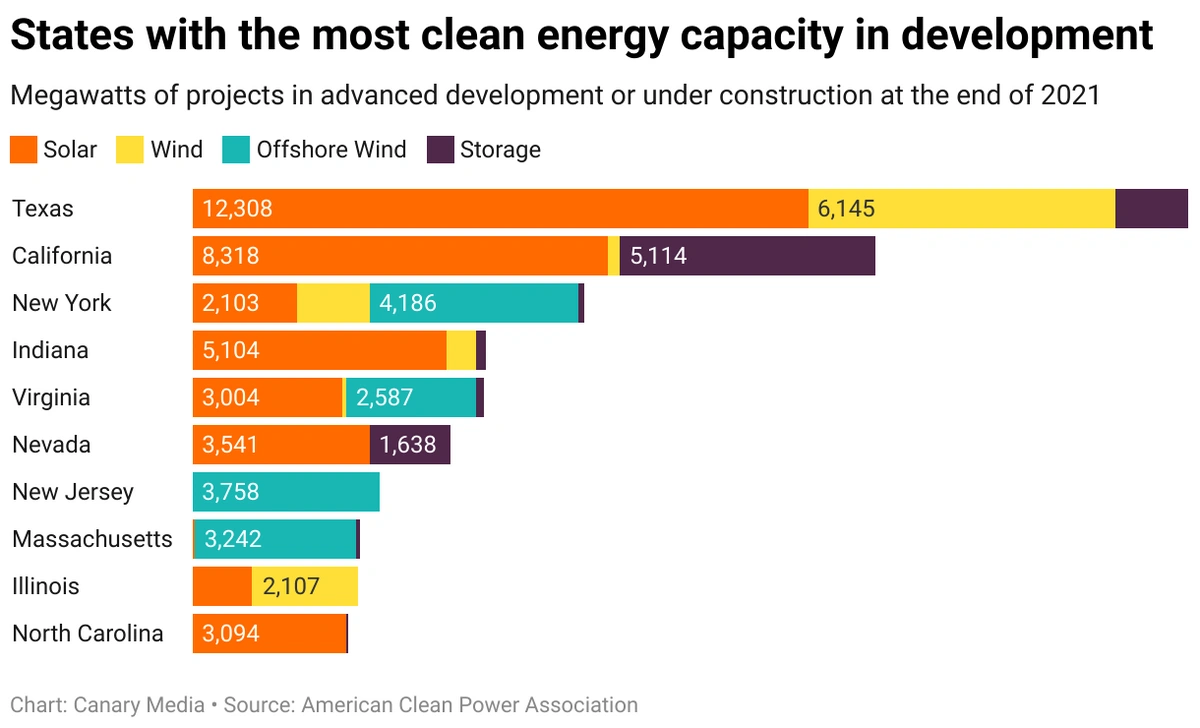What are the Environmental Impacts of Electric Vehicles? Are Electric Vehicles Really Better for the Environment?
December 27, 2022
I firmly believe that electrified vehicles are better for the planet than gasoline-powered cars, and I’ve done plenty of research that supports that thesis.
As an automotive journalist who has spent much of the last 10 years covering electric vehicles and technologies, I am asked frequently “Are electric cars really ‘green’?” I joined the muscle car crowd almost 35 years ago when I started working at Car Craft magazine (yes, I am that old) and have had many conversations with friends and colleagues who have heartily defended their gas-guzzling internal combustion-powered vehicles. It is especially because of these conversations that I feel confident in my support of electric vehicles as being better for the environment than gasoline-powered cars.
We’ve all heard the many claims about the benefits of electric cars, but they are often followed by several “But what about ...” rebuttals. I firmly believe that electrified vehicles are better for the planet than gasoline-powered cars, and I’ve done plenty of research that supports that thesis. So let’s take a look into some of these popular talking points, and I’ll share some of the relevant research.
First, Let’s Talk About Greenhouse Gases.
Many climate activists say the world urgently needs to switch to cleaner cars to limit the global damage from climate change. According to the California Air Resources Board (CARB), Californians drive about 825 million miles every day, producing 5.4 million tons of smog-forming pollutants and more than 350,000 tons of greenhouse gas emissions (GHG). And that’s just in California. The EPA says that in 2020, U.S. greenhouse gas emissions totaled 5,981 million metric tons (13.2 trillion pounds) of carbon dioxide equivalents. Of that total, 27% was contributed by the transportation sector — the cars we drive and the trucks, planes, and trains used to transport people and goods (over 90% of the fuel used for transportation is petroleum based, which includes primarily gasoline and diesel), and 25% was created by the production of electricity (approximately 60% of our electricity comes from burning fossil fuels, mostly coal and natural gas).
The American Lung Association explains that the combustion of fuels for electricity generation and transportation is a major contributor to the health and climate burdens facing all Americans. Their recent Clean Air Reports emphasize that a transition away from combustion technologies and toward zero-emission technologies in the transportation and electricity generation sectors can significantly reduce exposure to pollution, especially in communities with nearby highways, ports, warehouses, refineries, and/or power plants.
Hybrid vehicles were originally introduced as a way to reduce CO2 emissions and improve fuel economy. Hybrid cars use regenerative braking and an internal combustion engine (ICE) to charge their batteries; that energy is then used to help propel the car. Moving toward full battery electric vehicles (BEV) removes the internal combustion engine and makes the entire propulsion process electric, eliminating the consumer’s direct need for fossil fuels, greatly reducing carbon emissions, and mitigating environmental pollution caused by transportation.
Doesn’t the Very Production of Electricity Needed to Power EVs Utilize Fossil Fuels and Contribute to the Production of Greenhouse Gases?
Yes, but not as much as you might think. Due to efficiencies in the energy-creation process, any emissions created in the production of electricity are typically lower than the greenhouse gasses created by fossil-fuel-burning vehicles. Some research shows it creates only one-third of the greenhouse gas emissions that an ICE vehicle would, and the percentage may become even lower as the electric power sector cleans up over the next few decades by using such renewable sources as solar, hydro, and wind.
According to the U.S. Energy Information Administration, most of the nation’s electricity was generated in 2021 by natural gas (38%), coal (22%), and nuclear energy (19%). About 20% of the nation’s electricity is also produced from renewable sources such as wind, water, solar power, biomass, and geothermal, and the use of those renewable energy sources continues to increase every year.
Also, the sources of your electricity and related GHG change greatly depending on where you live: In 2021, California was the fourth-largest electricity producer in the nation and the top producer of electricity using solar, geothermal, and biomass energy. Washington leads the nation in electricity generation from hydroelectric power. Roughly two-thirds of the state’s electricity comes from hydropower, and in 2020, the state generated about 27% of the nation’s total hydroelectric power. And, surprise: Texas — iconic as an oil state — has more wind power than any other state and led the country in 2021 in the development of clean-power projects.
Electricity-related greenhouse gas emissions will continue to decrease as energy plants use more renewable energy sources, like wind, hydro, and solar, to generate electricity. And the good news is that Texas, California, and New York are leading the way in developing additional clean electricity.
But Doesn’t the Production of Electric Vehicles Contribute to Greenhouse Gases?
Yes, but that carbon footprint is not as large as you might imagine. A report from the EPA asserts, “The greenhouse gas emissions associated with an electric vehicle over its lifetime are typically lower than those from an average gasoline-powered vehicle, even when accounting for manufacturing.” And a Yale School of the Environment study supports this thesis as well: “A major concern about electric vehicles is that the supply chain, including the mining and processing of raw materials and the manufacturing of batteries, is far from clean,” says YSE economics professor Ken Gillingham. “So, if we priced the carbon embodied in these processes, the expectation is electric vehicles would be exorbitantly expensive. It turns out that’s not the case; if you level the playing field by also pricing the carbon in the fossil fuel vehicle supply chain, electric vehicle sales would actually increase.”
Well, What About the Production of the Batteries?
Much has been said about the detrimental effects of mining for the rare earth minerals required for the production of lithium-ion batteries. Let’s not forget the destructive methods required to mine for coal or the controversy over the use of fracking — high-pressure fluid injections that shatter rock formations — to extract natural gas and oil. According to Investopedia, fracking uses large amounts of water, which can become contaminated and affect local groundwater. It has been blamed for leaking toxic compounds, including millions of tons of methane, a greenhouse gas more potent than carbon dioxide that is also associated with other airborne hydrocarbons that can cause health and respiratory issues.
Minnesota-based Fresh Energy’s team of scientists, economists, policy analysts, and educators have stated, “Over their lifetime, EVs emit fewer climate-change-causing emissions than their gasoline-powered counterparts, even when factoring in the mining and battery production at the start of their life cycles. In fact, EVs make up for, or “work off,” any upfront emissions within 6 to 16 months of use.”
And in opposition to the stereotypical images one might envision for rare earth mineral mining, one company has set a goal to do better than that. Talon Metals, a company that’s just begun mining in a site in the Minnesota wetlands they hope will become the country’s sole source of a material used to power zero-emission vehicles, says it will invest heavily to design the world’s greenest and most responsible mine yet, one that they say “Joe Biden can love.”
So, Are Electric Cars Really Green?
Yes, and they come in a variety of other colors too! Seriously though, in a nutshell, a plug-in hybrid or all-lectric vehicle is a good way to help reduce oil dependence, as well as reduce emissions of greenhouse gasses that lead to climate change. This is even more true if the electricity you use is produced by renewable energy.
Photo by Marc Wieland on Unsplash
Brandy Schaffels
Brandy Schaffels brings the benefit of 30 years of experience reporting on the automotive industry. Brandy's career includes working as both freelance journalist and staff member of such household name brands as Car Craft, Motor Trend, AskPatty.com, and TrueCar.com. Brandy first burned rubber in a red 1976 Chevy Monza and will never forget her first true muscle car: a Root Beer Brown 1968 Mustang Coupe with a 289 cid small-block V-8. Today, you'll find Brandy behind the wheel of either her sunshine-yellow Fiesta or her sky-blue BMW Z4 convertible, depending on the weather.

